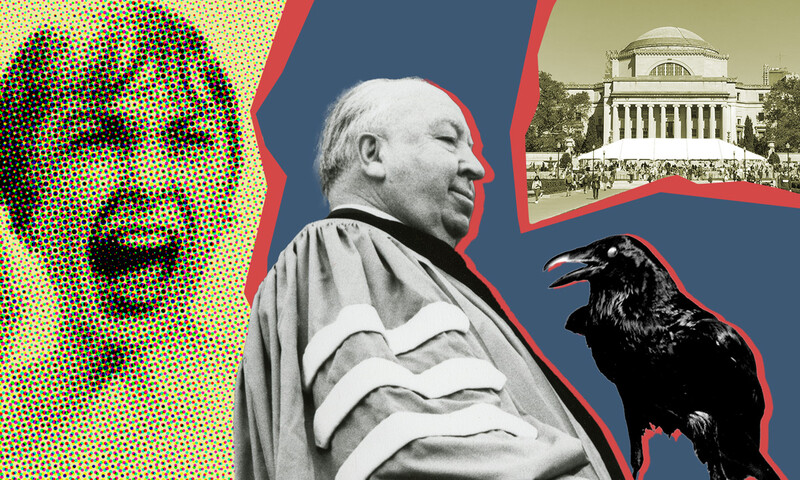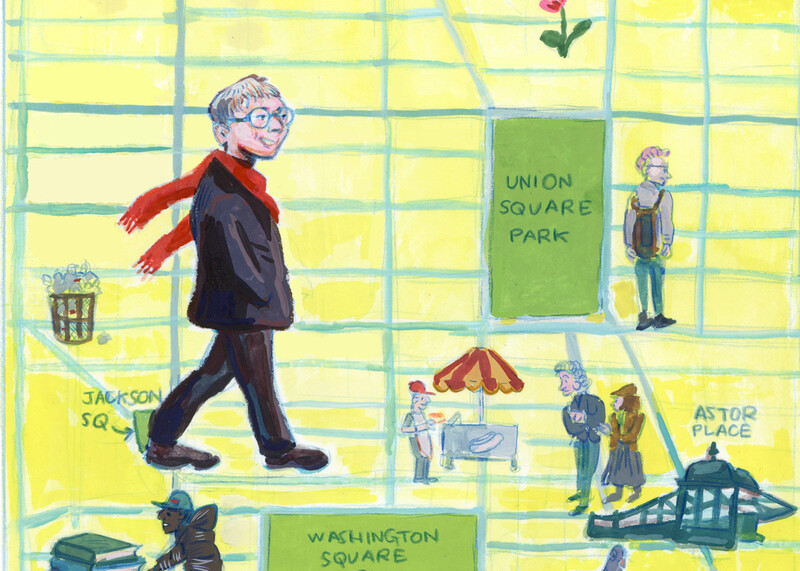“I’ve been looking at pictures for 50 years,” says James Beck, with gravelly New York brio. “I looked at this one for 30 seconds and knew it wasn’t any good.”
The picture in question resides in a Plexiglas case in the middle of a room of medieval Italian paintings in the Metropolitan Museum of Art: a small Madonna and child, no larger than this page. Attributed to the Sienese master Duccio di Buoninsegna, the remarkably well-preserved work, which the Met dates to 1300, is widely considered a key forerunner of the Italian Renaissance style and a landmark in Western European painting. But what makes Beck’s judgment particularly nettlesome to what he calls “the art establishment” is the Duccio’s price tag: an estimated $45 million, easily the most expensive acquisition in the Met’s history.
“It’s a poor painting,” says Beck, professor of art history at Columbia. “And it is a fake.”
Beck’s challenge to the authenticity of the Metropolitan Duccio has been laid out in the appendix of his book, Connoisseurship in Crisis: From Duccio to Raphael, to be published by European Press Academic Publishing this fall. Among his claims are that the picture is poorly rendered and doesn’t resemble other confirmed Duccios; that a space-defining parapet in front of the figures predates the use of that convention by 100 years; that the back of the painting has been scraped clean; that no tests have been performed to establish the age of the wooden panel on which the picture was painted; and that there is no record of the painting until it surfaced in 1901, in the collection of Count Grigorii Stroganoff.
“It’s a delicate matter, all this crap,” says Beck, 76. “The politics of culture. If this were a big corporation and this kind of mistake occurred, heads would roll.”
There is something of the Maileresque carnival barker in Beck, a robustness of opinion and sociability that lends him a certain maverick charm. But it isn’t just bravado: Beck, a tenured professor, feels that academic freedom brings with it a moral responsibility that compels him to speak out.
“What I’ve done in calling attention to the mistakes of our favorite institutions of great power would not have been readily possible if I didn’t have tenure,” he says. “The real purpose of tenure is to take on what may be unpopular and even very damaging points of view, as long as they are honest points of view and the individual thinks them necessary.” Beck sees the museum system as big business, wherein decisions to spend huge sums of money on art objects are too likely to be made out of vanity or commercial considerations, thus downgrading both the work and the artist. “I believe it’s essential,” he says, “that somebody speak out for the dignity of art.”
But Keith Christiansen, a curator of European paintings at the Met, believes that Beck, in questioning the Duccio, is harming the very cause he professes to champion.
“Frankly,” Christiansen says, “Jim is out of his depth. It’s not enough to walk into a room, stand in front of something, and say, ‘Gee, I don’t like that. It must be a fake.’ You have to deal with the fact that there is a very considerable body of highly expertise scholarship [supporting a Duccio attribution]; and I’m not talking about us at the Met, I’m talking about the cumulative bibliography of this picture, people who really do know the material. No one’s had the remotest thought that this was a forgery.” Christiansen, who has been with the Met since 1977 and has known Beck nearly as long, speaks with the passionate, civilized diction of an affronted connoisseur. “An institution can’t be in the position of defending a picture — for which there is no credible reason to have any doubts — against a lunatic who is not going to be satisfied with anything because he’s made up his mind. If somebody walks off the street and says, ‘Prove that that’s an original,’ it’s basically: How often do you beat your wife? Prove that you don’t. You cannot.”
In September 2004, Christiansen traveled with Met director Philippe de Montebello and conservator Dorothy Mahon to the London office of Christie’s auction house, which was handling the sale of the Duccio for the painting’s publicity-shy owners. The trio examined the picture for two hours before de Montebello, enamored of the piece and aware that the Louvre had already put out feelers, made an offer on the spot, without first consulting the museum’s trustees, as is standard practice. But once apprised, the board backed the director and the deal was made.
“De Montebello has no expertise at all in anything,” Beck heartily rasps. “He’s a manager. He thinks he has expertise, and that’s what did him in.” As for the trustees, Beck sees a case of the blind leading the blind: “None of the trustees are experts at all, so they really have to believe in their experts.” And of Christiansen, whom Beck once hired to teach at Columbia, Beck says, “He is a very devoted lover of art, but [in approving the deal] I think he made a tragic mistake — probably the mistake of his career.”
Christiansen, a Harvard PhD in art history, seems genuinely puzzled as to the nature of Beck’s allegations. “I’d like to believe that he really is convinced of his views,” he says. “But if so, I’m afraid that somewhere along the line there has been a loss of perspective.”
Beck, for his part, appears philosophically resigned to being cast as a crank who says wild, reckless things.
“My task is impossible,” he says, “but somebody has to do it.”
That task — defending, as he says, the dignity of art — is old hat to Beck. In the 1980s he received attention for speaking out against the cleaning of Michelangelo’s frescoes in the Sistine Chapel, and in 1992 he founded ArtWatch International, a watchdog group devoted to fostering responsible stewardship of works of art, especially in the area of protecting objects from damaging conservation and restoration treatments.
In 2004, he made waves when he claimed that the “Madonna of the Pinks,” attributed to Raphael and acquired by the National Gallery in London for around $40 million, was the work of a “minor copyist.”
Perhaps, then, Keith Christiansen, in the wake of the Duccio purchase, could have seen Beck coming. Beck first e-mailed Christiansen last July, after viewing the picture at the museum. “I said to him, ‘I have problems with the picture,’” Beck recalls. “And he said, ‘You would.’”


